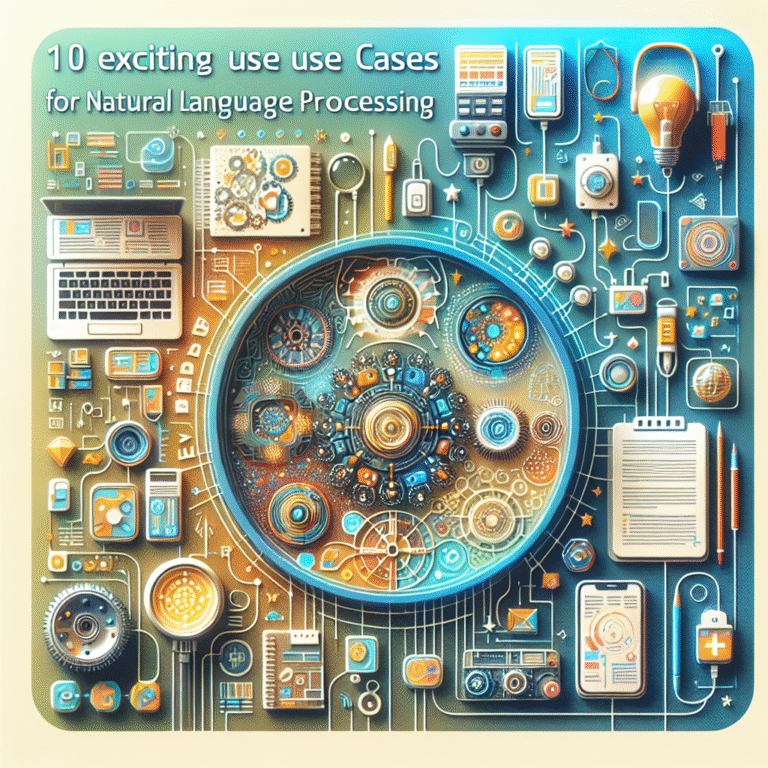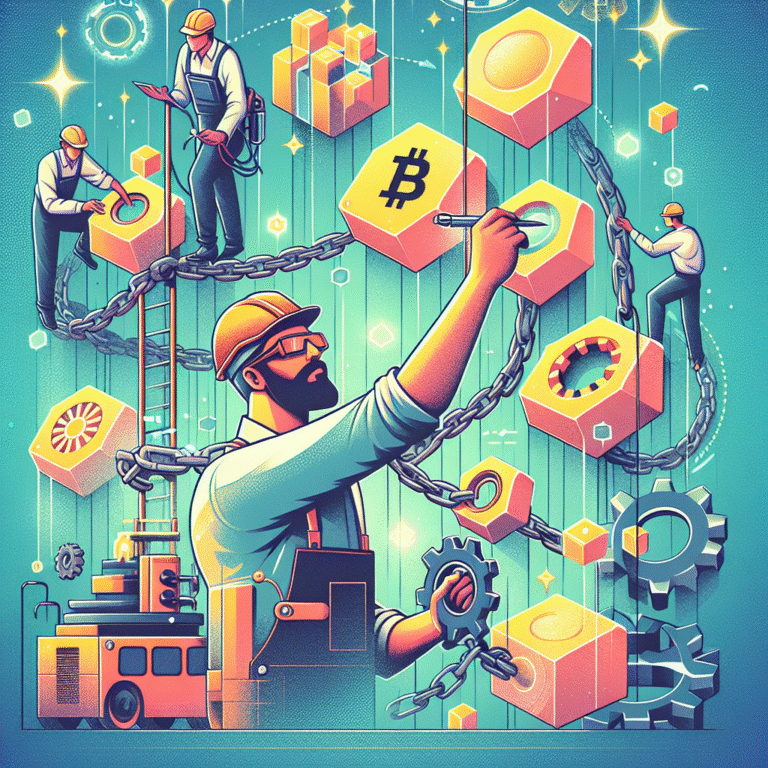
Introduction
As the Internet of Things (IoT) continues to expand, connecting billions of devices worldwide, the need for secure, efficient, and scalable systems becomes more pressing. Blockchain technology emerges as a powerful solution to address the inherent challenges of IoT, including security vulnerabilities, data integrity, and centralized control. This article explores how blockchain can revolutionize IoT by enhancing security, improving data management, and fostering decentralized ecosystems.
Understanding the Challenges of IoT
IoT devices are often vulnerable to cyberattacks due to their limited processing power and security features. Common challenges include:
- Security Risks: Many IoT devices lack robust security measures, making them easy targets for hackers.
- Data Integrity: Ensuring the authenticity and integrity of data generated by numerous devices is complex.
- Centralized Control: Most IoT systems rely on centralized servers, which can become bottlenecks and single points of failure.
Enter Blockchain: The Decentralized Solution
1. A Secure Fortress for Data
Blockchain’s decentralized nature is its superpower. By distributing data across a network of nodes, blockchain eliminates the risks associated with centralized data storage. Each transaction is encrypted and recorded in an immutable ledger, making it nearly impossible for malicious actors to alter or tamper with the data. This is particularly vital for IoT applications, where devices often handle sensitive information, such as health data or financial transactions.
2. Transparency and Trust
In a world where trust is paramount, blockchain provides unparalleled transparency. Every transaction on the blockchain is visible to all network participants, enabling real-time tracking and verification of data. For IoT applications like supply chain management, this means stakeholders can trace products from origin to destination, ensuring authenticity and compliance. Imagine a world where consumers can verify the ethical sourcing of their products with a simple scan of a QR code.
3. Seamless Automation with Smart Contracts
Smart contracts—self-executing contracts with the terms of the agreement written into code—are revolutionizing how IoT devices interact. These contracts can automate processes, triggering actions based on predetermined conditions without the need for intermediaries. For instance, a smart thermostat could automatically adjust energy usage based on real-time electricity prices, optimizing costs and reducing waste. This level of automation not only enhances efficiency but also empowers users with greater control over their devices.
4. Interoperability: The Key to Integration
One of the greatest challenges in the IoT landscape is the lack of interoperability between devices and platforms. Blockchain can serve as a universal standard, enabling different devices to communicate and share data seamlessly. By creating a common framework, blockchain facilitates collaboration among diverse IoT ecosystems, fostering innovation and driving new use cases.
Real-World Innovations: Blockchain in Action
1. Smart Cities
Cities around the world are adopting blockchain to enhance urban living. By integrating blockchain with IoT sensors, cities can manage resources more efficiently—monitoring traffic patterns, optimizing waste management, and improving energy consumption. For example, smart streetlights can adjust their brightness based on real-time pedestrian and vehicular traffic, reducing energy waste while enhancing public safety.
2. Healthcare Transformation
In healthcare, blockchain is revolutionizing patient data management. IoT devices like wearables can securely collect and share health data, enabling real-time monitoring and personalized treatment plans. Blockchain ensures that patient data remains private and tamper-proof, allowing healthcare providers to access accurate information while maintaining patient confidentiality.
3. Supply Chain Transparency
Companies like VeChain and IBM are pioneering the use of blockchain in supply chains, creating transparent ecosystems where every transaction is recorded and verifiable. This not only helps combat counterfeiting but also enhances accountability and trust among stakeholders. For instance, a consumer can trace the journey of their food from farm to table, ensuring freshness and ethical sourcing.
Conclusion: A Bright Future Ahead
The integration of blockchain and IoT holds immense promise for the future. By addressing the critical challenges of security, transparency, and interoperability, blockchain empowers IoT to reach its full potential. As we move forward, we can expect a world where connected devices operate in harmony, driven by decentralized technology that enhances our lives and fosters trust.
As we embrace this exciting frontier, the question isn’t whether blockchain will impact IoT—but how profoundly it will transform the way we live, work, and connect. The future is here, and it’s powered by blockchain.




